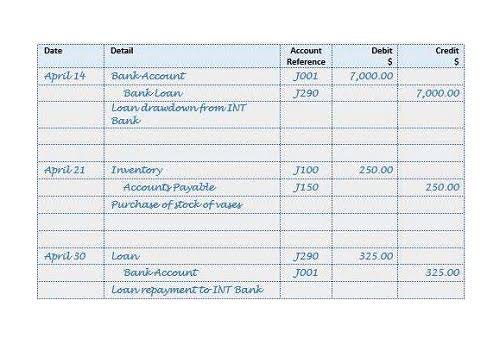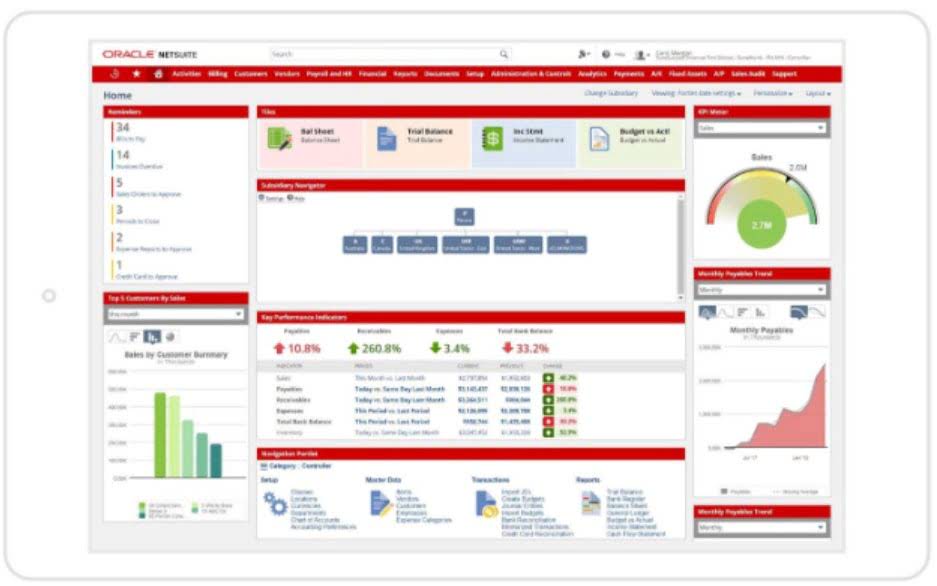Incremental Cost What Is It, Example, Formula

It’s calculated by analyzing the additional expenses incurred based on the addition of the unit. Incremental costs may be classified as relevant costs in managerial accounting. From the above information, we see that the incremental cost of manufacturing the additional 2,000 units (10,000 vs. 8,000) is $40,000 ($360,000 vs. $320,000). Therefore, for these 2,000 additional units, the incremental manufacturing cost per unit of product will be an average of $20 ($40,000 divided by 2,000 units).
Related Terms
The basic method of allocation of incremental cost in economics is to assign a primary user and the additional or incremental user of the total cost. Like in the above example, it is evident that the per-unit cost of manufacturing the products has decreased from ₹ 20 to ₹ 17.5 after introducing the new product line. Identifying such costs is very important for companies as it helps them decide whether the additional cost is in their best interest. Incremental costs are the costs linked with the production of one extra unit, and it considers only those costs that tend to change with the outcomes of a particular decision.
- The fixed costs are not considered over here because they remain the same.
- In other words, the average cost per unit declines as production increases.
- Conversely, fixed costs, such as rent and overhead, are omitted from incremental cost analysis because these costs typically don’t change with production volumes.
- Incremental cost can be defined as the encompassing changes experienced by a company within its balance sheet because of one additional unit of production.
- It covers important and significant costs that have a long-term impact on manufacturing costs and product pricing.
Incremental Costs Vs Margin Costs
If a business is earning more incremental revenue (or marginal revenue) per product than the incremental cost of manufacturing or buying that product, the business earns a profit. If a company responds to greater demand for its widgets by increasing production from 9,000 units to 10,000 units, it will incur additional costs to make the extra 1,000 widgets. If the total production cost for 9,000 widgets was $45,000, and the total cost after adding the additional 1,000 units increased to $50,000, the cost for the additional 1,000 units is $5,000. The term incremental cost refers to the cost that the business incurs for producing an extra unit. The calculation of incremental cost shows how costs alter as production grows. Incremental costs help to determine the profit maximization point for a company or when marginal costs equal marginal revenues.

How is marginal revenue related to the marginal cost of production?

An incremental cost is the difference in total costs as the result of a change in some activity. Incremental costs are also referred to as the differential costs and they may be the relevant costs for certain short run decisions involving two alternatives. Incremental cost is the total cost incurred due to an additional unit of product being incremental cost produced. This consists of all variable costs of production including labor, inventory, and any other expenses involved with the cost of producing one item. The use of incremental analysis can help businesses identify the potential financial outcomes of one business action or opportunity compared to another.
Navigating Crypto Frontiers: Understanding Market Capitalization as the North Star
- As a result, the total incremental cost to produce the additional 2,000 units is $30,000 or ($330,000 – $300,000).
- The separation of fixed and variable costs, as well as the assessment of raw material and labor costs, varies by organization.
- The marginal cost is used to optimize output, whereas the incremental cost is used to determine the profitability of activities.
- If a reduced price is established for a special order, then it’s critical that the revenue received from the special order at least covers the incremental costs.
- It also takes into account sunk, or non-relevant costs, and excludes those from analysis.
For the past 52 years, Harold Averkamp (CPA, MBA) hasworked as an accounting supervisor, manager, consultant, university instructor, and innovator in teaching accounting online. For the past 52 years, Harold Averkamp (CPA, MBA) has worked as an accounting supervisor, manager, consultant, university instructor, and innovator in teaching accounting online. A not-for-profit organization, IEEE is the world’s largest technical professional organization dedicated to advancing technology for the benefit of humanity.© Copyright 2024 IEEE – All rights reserved. Use of this web site signifies normal balance your agreement to the terms and conditions. Incremental analysis only focuses on the differences between particular courses of action.

It is a crucial concept for decision-makers, allowing them to evaluate the profitability of specific actions and make informed choices that contribute to the financial success of their business. Incremental cost is how much money it would cost a company to make an additional unit of product. Analyzing incremental costs helps companies determine the profitability of their business segments. A fixed building lease, for example, does not alter in price as output increases. The fixed cost will be reduced in comparison to the cost of each unit made, enhancing your profit margin for that product.
Incremental Cost vs. Incremental Revenue
Therefore, knowing the incremental cost of additional units of production and comparing it to the selling price of these goods assists in meeting profit goals. Incremental cost analysis is often used to analyze business segments to determine their profitability. All fixed costs, such as rent, are omitted from incremental cost analysis because they do not change and are generally not specifically https://www.bookstime.com/ attributable to any one business segment. The change in overall cost as a result of producing one additional unit of output is referred to as the marginal cost.

What Is Not A Responsibility Of The New Consumer Financial Protection Bureau (CFPB)?

If no excess capacity is present, additional expenses to consider include investment in new fixed assets, overtime labor costs, and the opportunity cost of lost sales. Relevant costs (also called incremental costs) are incurred only when a particular activity has been initiated or increased. Incremental costs are also referred to as marginal costs, but there are some basic differences between them.
Some custom products might not be readily available for the business to buy, so the business has to go through the process of custom ordering it or making it. This is an example to further appreciate the distinction between incremental cost and incremental revenue. Imagine you own a smartphone manufacturing company that expects to sell 20,000 devices. Each smartphone costs you $100 to produce, and your selling price each smartphone is $300. It simply divides the change in costs by the change in quantity produced to determine the incremental cost. It also helps a firm decide whether to manufacture a good or purchase it elsewhere.
